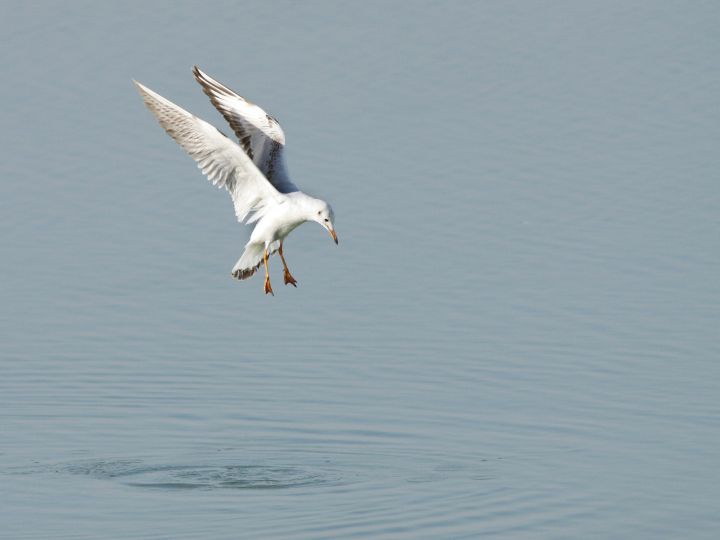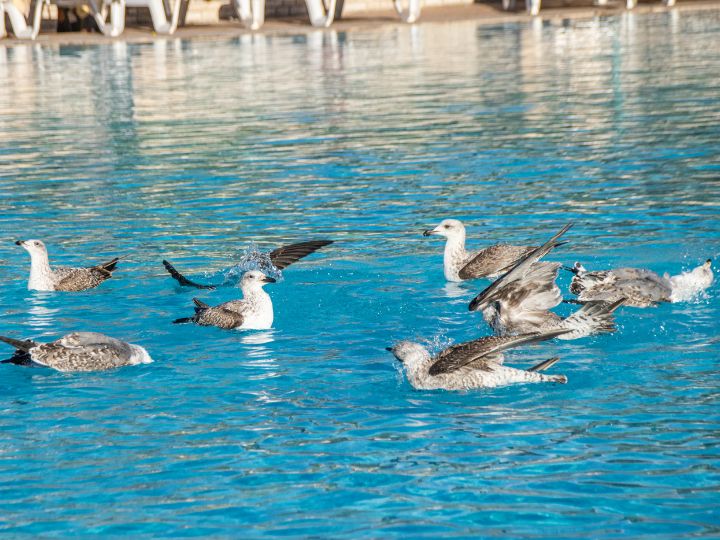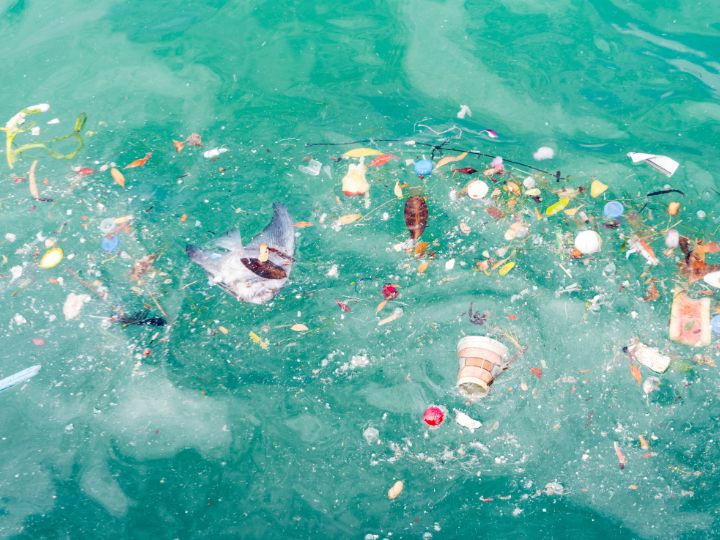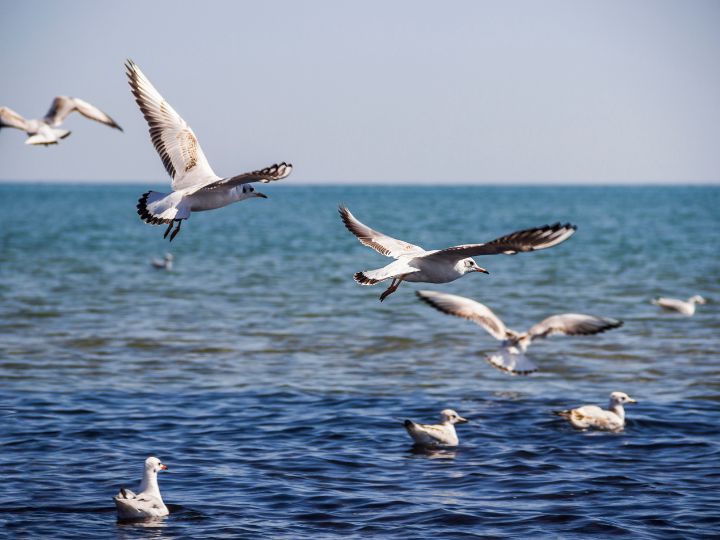Seagulls, known for their distinct squawks and affinity for the seaside, are often mistaken for solely aerial creatures. However, these birds are quite versatile, and their abilities extend beyond just soaring through the skies. This article delves into the lesser-known aquatic prowess of seagulls, discussing their ability to swim and how it comes into play in their daily lives.
As part of the Laridae family, seagulls possess various physical and behavioral traits that allow them to navigate and adapt to diverse environments, including water. Their webbed feet, often overlooked due to their prominent wings, are a key feature that enables these surprising swimmers to paddle through water. Indeed, this combination of capabilities in the air and water make seagulls uniquely equipped to thrive in coastal regions.
In addition to their physical attributes, seagulls have developed specific behaviors that further demonstrate their affinity for water. From their hunting techniques to social activities, swimming plays an essential role in the lives of these fascinating birds. So, the next time you spot a seagull at the beach, remember that there’s more to these creatures than meets the eye as they glide through the air and swim in the vast sea.
Seagulls’ Swimming Ability
Seagulls are generally known for their ability to fly and navigate the skies. However, they can indeed swim! Let’s explore the adaptations that enable them to swim and the factors affecting their swimming duration.
Adaptations for Swimming
Seagulls have various adaptations that allow them to swim:
- Webbed feet: Just like ducks, seagulls have webbed feet, which act as paddles, helping them propel through the water.
- Oily feathers: Seagulls have oily feathers which repel water, allowing them to float effortlessly on the surface and stay dry.
- Streamlined body: Seagulls have a streamlined body shape, reducing water resistance and enabling smooth movement in the water.
Factors Affecting Swim Duration
There are several factors that can affect a seagull’s ability to swim for extended periods of time:
- Weather conditions: Strong winds or heavy rain can make swimming difficult for seagulls. They usually prefer calmer waters for swimming and floating.
- Predators: Seagulls may need to leave the water quickly if they feel threatened by predators, limiting their swim duration.
- Energy levels: Since seagulls rely mostly on flying for transportation, their swimming ability is often limited to short durations, conserving energy for their primary mode of navigation.
Despite being primarily known as aerial navigators, seagulls are more than capable of swimming, thanks to their various adaptations. However, their swimming duration is influenced by factors like weather conditions, predators, and energy conservation.
Swimming Behaviors and Patterns
Seagulls are known for their ability to swim gracefully in water as well as fly smoothly in the air. Let’s take a look at some of their swimming behaviors and patterns, focusing on feeding habits while swimming, resting, and preening.
Feeding Habits While Swimming
When seagulls swim, they often search for food in and around the water. They have developed unique techniques for catching their prey. Some common feeding styles include:
- Surface dipping: Seagulls quickly dip their heads into the water to snatch unsuspecting fish or invertebrates.
- Diving: They plunge deeper into the water to hunt fish.
- Pursuing: Seagulls follow schools of fish and wait for the perfect moment to strike.
Their adaptability allows them to easily change their feeding strategies depending on the food source availability.

Image Credit: Canva
Resting
During rest periods, seagulls often float on the water’s surface. This behavior is believed to be a way to conserve energy, as flying and diving can be quite taxing. While resting, they may also engage in other activities such as:
- Drifting on water currents.
- Interacting with other seagulls.
- Grooming themselves.

Image Credit: Canva
Preening
Preening, or grooming, is an essential part of a seagull’s routine. While resting on water, they use their bills to clean and rearrange their feathers. This helps maintain good feather condition, waterproofing, and overall health. Some preening activities include:
- Removing dirt or parasites.
- Aligning individual feathers.
- Spreading oil from the preen gland to keep feathers waterproof.
By observing these swimming behaviors and patterns, we get a glimpse of the fascinating world of seagulls and their incredible adaptability to life near water.
Threats and Challenges While Swimming
Predators and Ecosystem Interaction
Seagulls face several challenges while swimming. One significant threat is predators. Common predators of seagulls include larger birds, such as eagles and hawks, as well as marine mammals like seals and sea lions. These predators may be more likely to target seagulls while they’re swimming, as the birds are less agile in the water and may not see danger coming from below the surface.
Seagulls also interact with other members of their ecosystem while swimming. For example, they may compete with fish and other sea birds for food and nesting sites. Additionally, seagulls are known to engage in kleptoparasitism – stealing food from other birds – which can lead to conflicts and further endanger their safety while swimming.
Impact of Human Activities
Human activities near coastal areas pose various risks to seagulls while swimming. Boating and shipping traffic can disturb seagulls and potentially lead to injuries or fatalities due to collisions. Additionally, recreational activities near shorelines, such as fishing or watersports, may disrupt seagulls’ natural behaviors and foraging patterns.
Development in coastal areas can also significantly impact seagulls’ ability to find suitable nesting sites and lead to a reduction in available food resources. This may force seagulls to search for food in urban areas, which can expose them to potential threats from both humans and pets.
Pollution
Pollution poses further challenges to seagulls while swimming. Plastic waste, often in the form of discarded fishing gear, can entangle seagulls and make it difficult for them to hunt or swim. Ingesting plastic can also lead to blockages in seagulls’ digestive systems, which can be life-threatening.

Image Credit: Canva
Oil spills and other forms of water contamination can impact both their food sources and the quality of the water they swim in. Exposure to contaminated water can result in illnesses, difficulties in swimming and, ultimately, death. In conclusion, a variety of threats and challenges can impact seagulls while swimming, including natural predators, human activities, and pollution.
Frequently Asked Questions
Becky is a fervent wildlife enthusiast and pet care expert with a diploma in canine nutrition. Her love for animals stretches beyond the domestic, embracing the wild tapestry of global fauna. With over a decade of experience in animal welfare, Becky lends her expertise to OutlandishOwl through insightful articles, captivating wildlife information, and invaluable guidance on pet nutrition. Her work embodies a deep commitment to understanding the intricate lives of animals and a passion for educating others on sustaining natural habitats. Becky's hands-on conservation efforts and her knack for translating complex dietary science into practical pet feeding tips make her an indispensable voice for creatures great and small.




